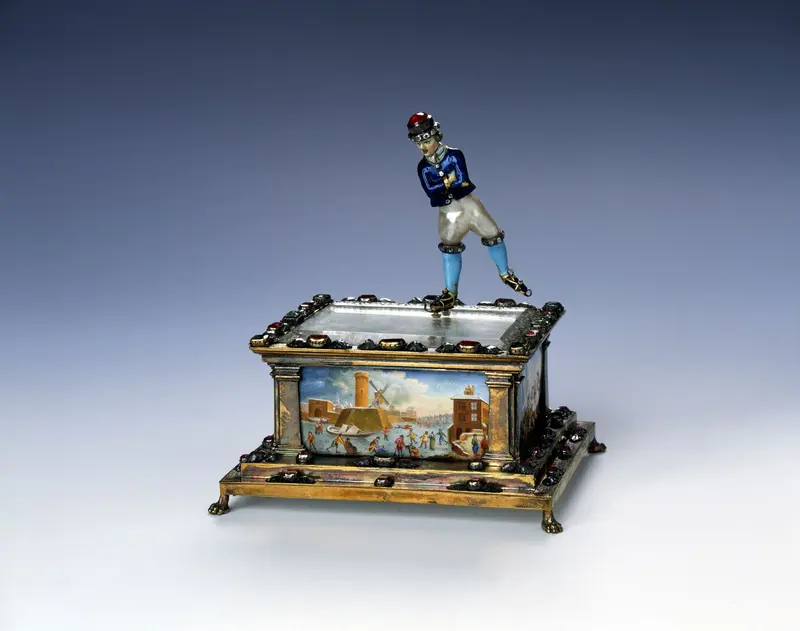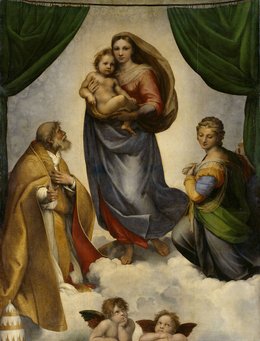text
These personifications made of ivory and bronze exemplify a particularly popular form of presentation during the Baroque period, in which winter - as one of the four seasons - not only represented the end of the year but was also symbolic of creation and decay in nature. The allegories of spring, summer, autumn and winter painted in enamel on the base of the ice-skating Dutchman provide further insight into the wide range of motifs, which also includes Dutch winter landscape paintings by such artists as Isaac van Ostade and Allart van Everdingen.





![[Translate to English:] Kunstgewerbemuseum gelber Kasten mit vier Füßen](/fileadmin/_processed_/2/5/csm_kg-dauerausstellung-ausstellungsteaser-portal_9f9692154c.jpg)

